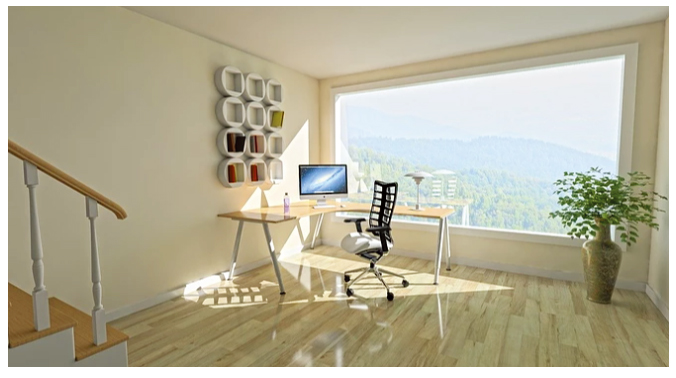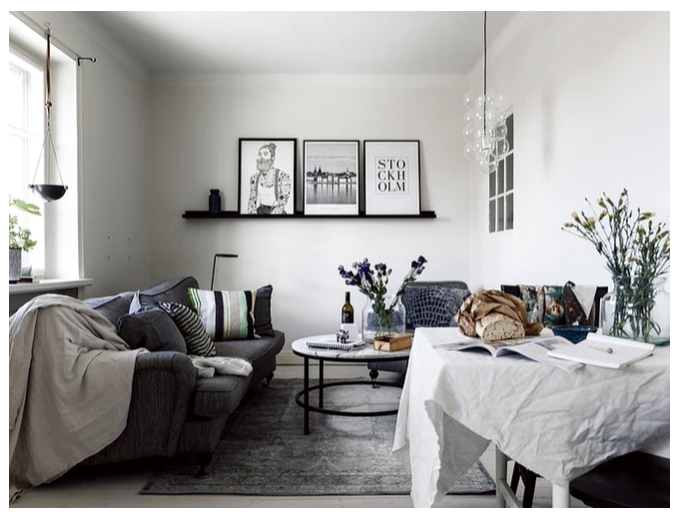There is a big outbreak of formaldehyde in summer, and indoor attention should be paid to prevent formaldehyde from exceeding the standard!
Industry experts remind consumers to pay special attention to preventing excessive formaldehyde when decorating and moving into new houses in summer. With the arrival of midsummer, the temperature continues to rise, and the health risks caused by formaldehyde are also quietly coming. The hot weather makes the room temperature rise, the formaldehyde in the furniture will be very active, and the indoor concentration will skyrocket. According to the survey, high temperature weather will cause the indoor formaldehyde release to exceed the usual 20%-30%. According to professional experiments, the formaldehyde concentration in the indoor air increases by 0.13 times every time the room temperature rises by 1°C!

Not only that, even if the formaldehyde test of each product in the home environment is qualified, the overall formaldehyde content accumulated by various products should not be underestimated! According to the "China New Housing Air Quality Survey" released by the China Building Decoration Association, a sample survey in Beijing, Guangzhou, Nanjing and other cities shows that the average formaldehyde excess rate in new housing is as high as 70% to 80%.

What is the harm of high formaldehyde concentration?
First, indoor formaldehyde is too high, which is easy to irritate the eyes. Long-term exposure to low concentrations of formaldehyde can also cause symptoms such as tearing, sneezing, coughing, and even conjunctivitis, rhinitis, and bronchitis in severe cases.
Second, formaldehyde can also cause contact dermatitis and mucous membrane irritation. Formaldehyde vapor can come into direct contact with the skin in the air, causing dermatitis, skin redness, severe pain, cracking, and blistering reactions.
Third, the study also confirmed that long-term inhalation of formaldehyde by pregnant women may lead to fetal malformations and even death! At the same time, formaldehyde is also a class of carcinogens. Long-term exposure to excessive formaldehyde may induce Hodgkin's lymphoma, multiple myeloma, myeloid leukemia and other special cancers.

1. Choose environmentally friendly materials
It is very important to reduce the generation of formaldehyde from the source. When decorating, try to use environmentally friendly materials. Now many decoration materials contain a large amount of formaldehyde, and people tend to ignore the serious harm of these released formaldehyde to the human body. . Therefore, when selecting materials, we should choose some decoration materials that meet national standards and have less pollution as much as possible, which can greatly reduce the harm caused by excessive formaldehyde.
2. Open windows for ventilation
In order to avoid being hurt in the "high incidence period" of decoration pollution in summer, in addition to choosing non-toxic and less toxic decoration materials as much as possible, it is also necessary to do a good job of ventilation and air purification in the decoration room. Always open windows for ventilation after renovations.

3. Physical adsorption
Activated carbon, various scavengers, and air purifiers are all good choices. Among them, activated carbon can effectively adsorb harmful gases such as formaldehyde and benzene in the air. Using its tiny and irregular pore volume, the principle is similar to that of a sponge to absorb water and can remove the air. It can also eliminate the nicotine of cigarettes and the odor and odor of households.
At present, various healthy household appliances are constantly innovating and upgrading, adding disinfecting modules and purification functions, and through the principles of adsorption, catalysis or biological enzyme purification, they have the effect of removing indoor particulate matter and gaseous pollutants. To this end, qualified consumers can be equipped with air purification equipment during decoration, such as air purifiers, fresh fans and healthy air conditioners.




